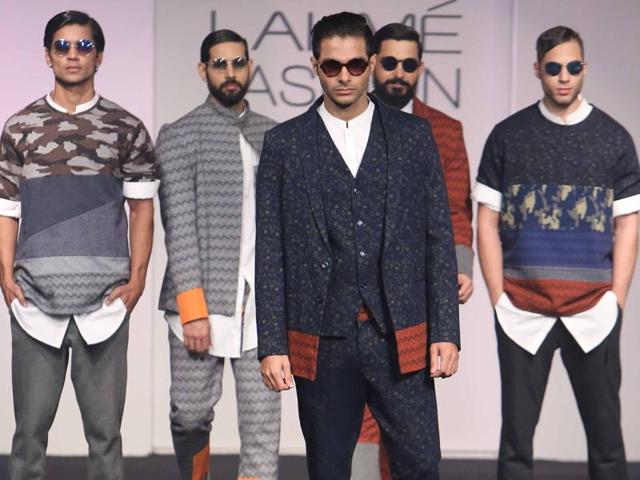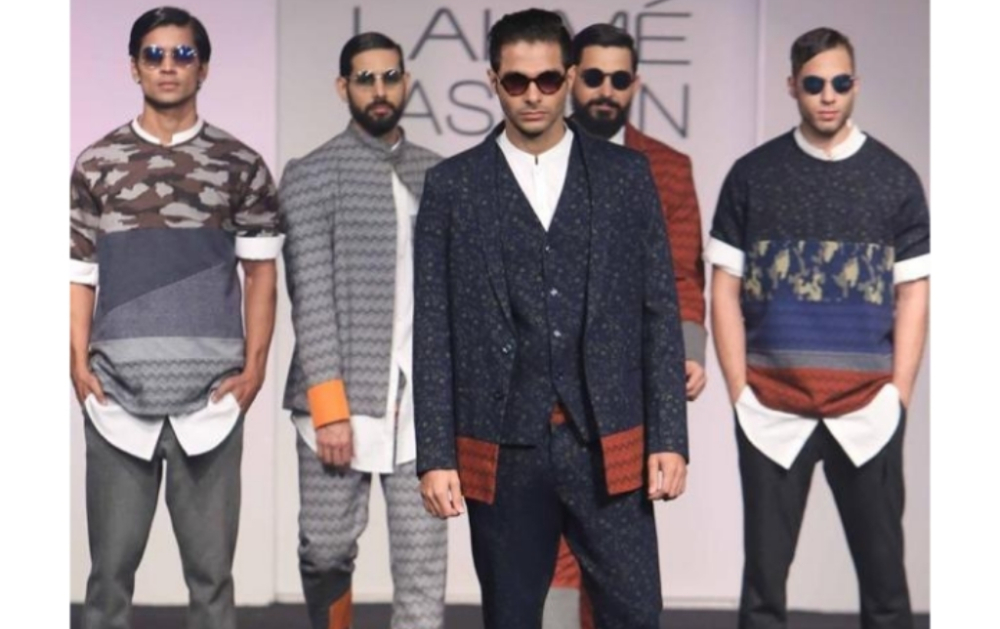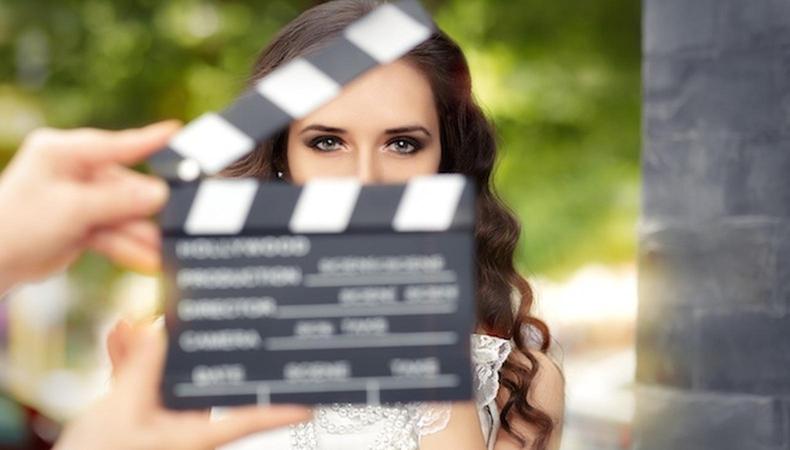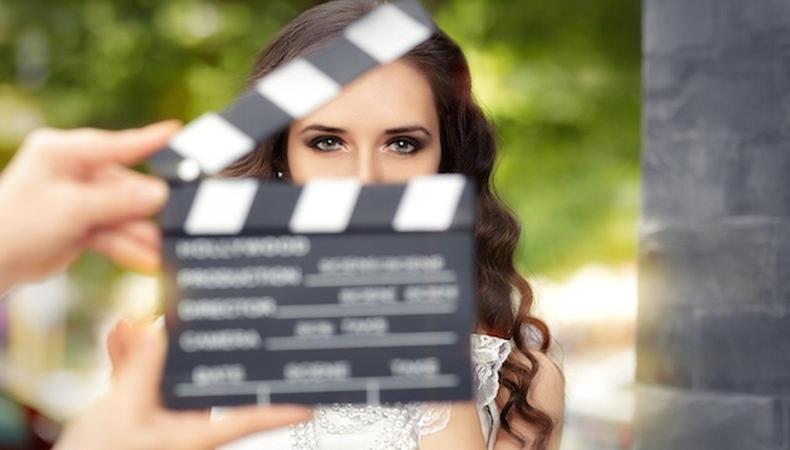Why you should hire a Professional Photographer:
Everybody knows them — that relative or family friend who’s really into photography, but has no intentions of ever quitting their “day job.” It’s a passion or hobby they reserve for evenings or weekends; they show you their photos on a regular basis, and their work is pretty good. They shoot mainly urban and nature scenes, and perhaps have had some of their work published. They may even own the latest and greatest in camera equipment and the best lenses and accessories.
If you’re on a budget (and who isn’t), when it comes time to find a portrait or wedding photographer, you may naturally consider enlisting your friend or relative. They’ve offered their services to your family many times, always at a reduced rate… but before you choose an amateur over someone offering professional photography, take heed: when it comes to your most pivotal and precious moments and memories, saving a bit of cash in lieu of professional photography just isn’t worth it. Here are the top eight reasons to hire a professional photographer:
1. Education
A professional photographer will have had years of training and/or schooling in the art of photography. They’ll know their equipment inside and out. They’ll be able to set their camera to the proper exposure intuitively, without having to stop and fumble through a manual. Wedding photographers in particular sometimes have just 2 to 3 seconds to adjust their settings on-the-fly so that they don’t miss a shot.
2. Lighting Techniques
Lighting is key to successful photography and is a whole topic unto itself. It can take years for a photographer to master lighting techniques both in the studio and in outdoor settings. A professional photographer is able to adjust camera settings quickly and fluidly based upon diverse or changing lighting conditions. Knowledge of how the camera interacts with light is key to compensating for over- or underexposure, but sometimes photographers must rely upon their experience instead of the camera’s readings. The professional is also adept at creating unique and customized lighting scenes and are able to expertly supplement natural lighting with their own professional lighting effects as needed.
3. Experience
A professional photographer has done it before; they’ve shot a variety of events and portraits and have been exposed to many subjects and conditions. There’s no shortcut to experience, and you take a tremendous gamble with a first-timer or an inexperienced photographer not knowing what to do at various points during your event or shoot. Those in the professional photography world have a lot of experience to draw from; they know intuitively to take extra shots of crucial moments in case anyone blinks or has an awkward expression. They know the ins and outs of posing and can make subjects look natural in any setting. They anticipate angles and approaches for each scene. They have experience in guiding groups of every size for optimal results, interacting fluidly with their subjects to achieve the desired results.
4. Lenses
Professional photographers have an assortment of quality lenses at their disposal as well as the knowledge of which one is best for any given scenario. They’ll have the foresight to be prepared for a variety of situations with a second (or third) camera already equipped with a different type of lens. They have knowledge of advanced lens focusing techniques to achieve artistic effects that an amateur would only stumble upon by accident (if you’re lucky.)
5. Props and Backdrops
When it comes to portrait work, there’s far more to the equation than just a camera and a basic lighting setup. The right backdrops and posing props can be crucial to a successful final result. A professional photographer will know ahead of time what backdrops to have on hand for your shoot, how to light them and what effect their lens choice will have. Your friend or relative might show up with a bedsheet and a stool from their breakfast nook; while this could work, you can count on a professional to deliver optimal results.
6. Editing and Software
A professional photographer will also own or have access to the ideal editing software and know-how to retouch and edit your photos, bringing out the very best in each one. The last thing you want is a Photoshop novice trying to retouch photos of your most prized and precious memories.
7. Professionally Invested
A professional photographer is working for you, and they are invested in your satisfaction. You are their client, not their relative or friend, and they will retain a level of professionalism your aunt or brother-in-law may not. They also have the fortitude and commitment to work for long periods without breaks and see the job through so that the best results possible are achieved.






